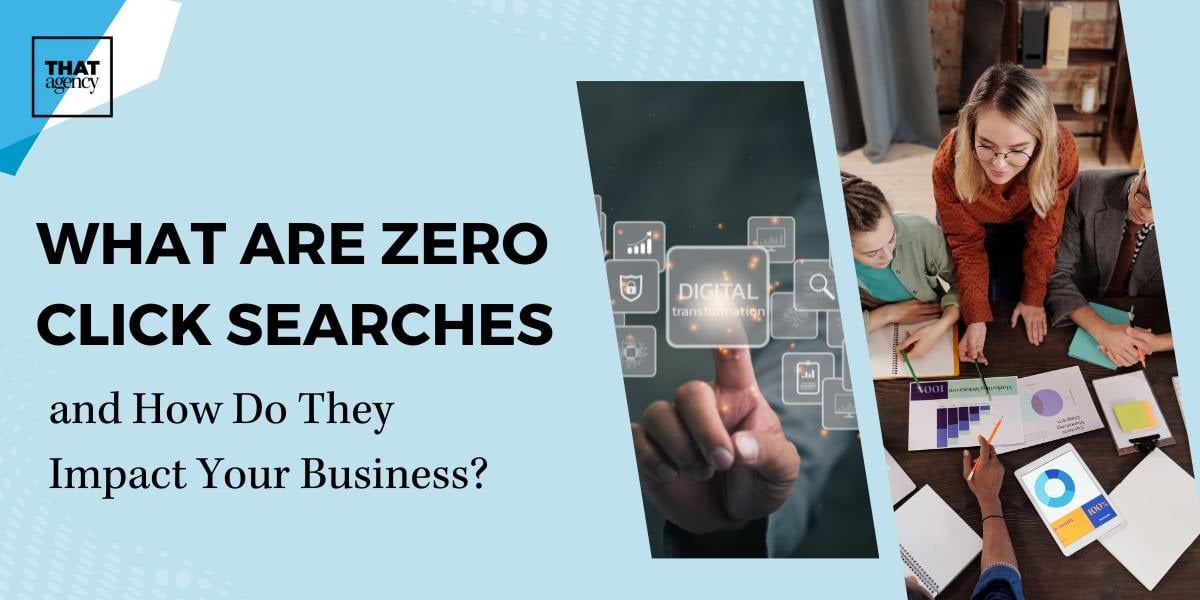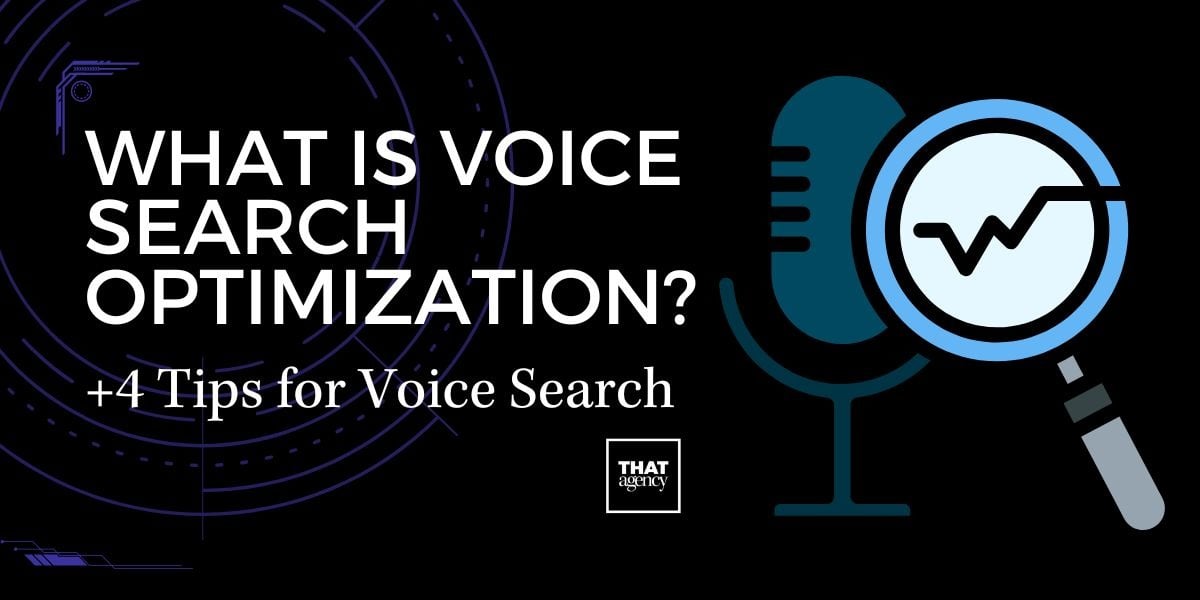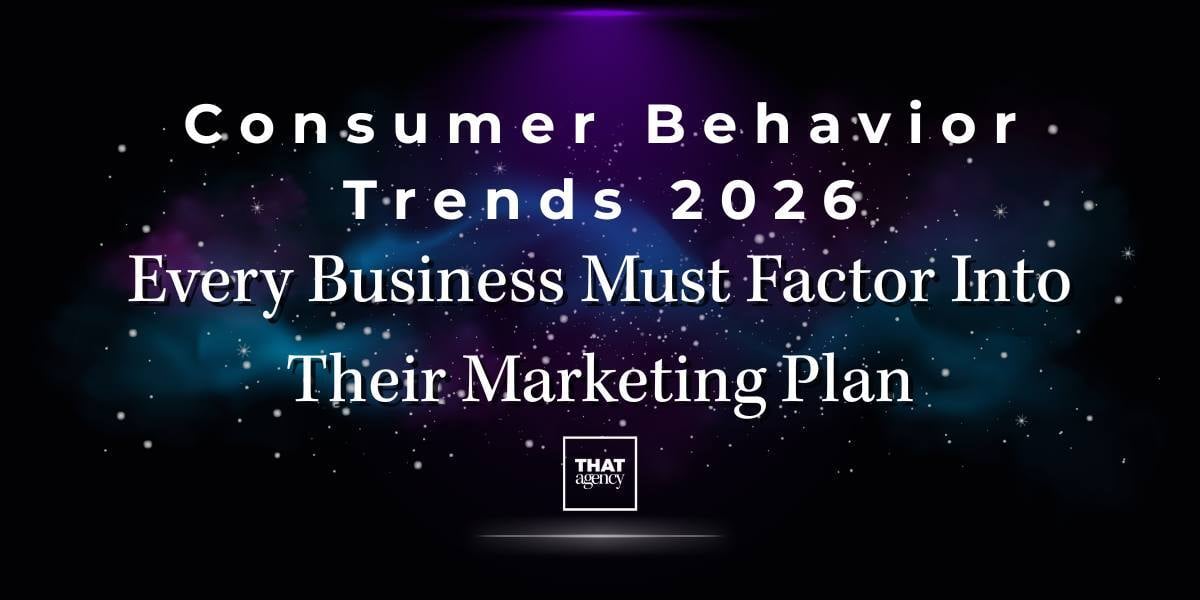Every business needs leads to grow, but how you generate them matters. There are two main approaches: inbound leads and outbound leads. Understanding the difference between these methods can help you make smarter marketing decisions and improve your results.

In this post, we’ll break down inbound leads vs. outbound leads, explain how each works, and help you determine which strategy is best for your business.
What Are Inbound Leads?
Inbound leads are potential customers who find your business on their own, rather than you reaching out to them directly. These leads come to you because they are actively looking for information, solutions, or products that your business offers. This often happens through search engines, social media, blog content, or referrals.
Unlike outbound marketing, which involves pushing your message to an audience, inbound marketing focuses on attracting, engaging, and nurturing leads by providing valuable content and building trust. Instead of interrupting potential customers with sales messages, inbound marketing helps them discover your business when they need it most.
Imagine This:
Think about when you need a new laptop. You don’t just buy the first one you see. You probably Google "best laptops for graphic design" or "most reliable laptops for students" and start reading reviews, blog posts, or comparison guides. If a tech company has a well-optimized blog post about the best laptops for students, you might land on their website and start exploring their products.
At this point, you’re an inbound lead—you found the company because they provided helpful content that matched your search. You weren’t interrupted by an ad; instead, you came across their brand naturally while looking for answers.
Now, let’s look at the different ways businesses can generate inbound leads.
Ways to Generate Inbound Leads
Inbound leads don’t just appear out of nowhere. Businesses use different strategies to attract and engage potential customers in a way that feels natural and helpful. Here are some of the most effective ways to generate inbound leads:
1. Blog Posts and Articles
Writing informative, high-quality blog posts that answer common questions in your industry is one of the best ways to attract inbound leads. When people search for answers on Google, your blog can show up in the search results and bring them to your website.
For example, if you own a home improvement business, you might publish a blog post titled “How to Choose the Right Flooring for Your Home”. Homeowners looking for flooring advice will find your post, learn from it, and possibly reach out for a consultation.
2. Search Engine Optimization (SEO)
SEO is what helps your website rank higher on Google when people search for topics related to your business. It involves using the right keywords, structuring your website correctly, and creating high-quality content.
For instance, if you run a law firm, optimizing your website for keywords like “best personal injury lawyer near me” can help potential clients find your firm when they need legal services.
3. Social Media Marketing
Many people discover businesses through social media platforms like Instagram, LinkedIn, and Facebook. By consistently sharing engaging content—such as videos, infographics, testimonials, and industry insights—you can attract new leads who are interested in what you offer.
Take Nike as an example. They use social media to tell inspiring stories about athletes and fitness enthusiasts, drawing in potential customers who connect with their message. People might follow Nike for motivational content, but over time, they become buyers.
4. Email Newsletters
Once you’ve captured interest through a blog or social media, an email newsletter can help nurture leads until they’re ready to make a purchase. Businesses often offer a free downloadable guide, checklist, or discount in exchange for an email sign-up.
For example, an e-commerce store selling skincare products might offer a “Free Skincare Routine Guide” in exchange for an email address. Over time, they send emails with skincare tips, product recommendations, and exclusive offers, keeping potential customers engaged.
5. Webinars and Educational Events
Hosting free webinars or online workshops is another great way to generate inbound leads. By providing valuable insights, businesses can attract people who are interested in their expertise.
For instance, a digital marketing agency in Colorado might host a webinar called “How to Get More Customers with SEO”. Attendees get valuable information, and at the end of the webinar, they may be interested in hiring the agency for SEO services.
What Are Outbound Leads?
Outbound leads come from businesses actively reaching out to potential customers, rather than waiting for them to come looking. These leads are generated through more direct marketing methods, which are often faster but can feel more intrusive compared to inbound strategies.
Outbound marketing works by grabbing attention quickly and encouraging potential customers to take action, even if they weren’t actively searching for a product or service.
Imagine This:
Imagine you’re watching YouTube, and suddenly a 30-second ad for an online course appears. You weren’t looking for a course, but now that you’ve seen the ad, you might click on the website to learn more.
That’s outbound marketing in action—it interrupts what you were doing to introduce a product or service.
Now, let’s explore some common outbound lead generation strategies.
Ways to Generate Outbound Leads
While inbound marketing is about drawing people in naturally, outbound marketing puts your brand in front of potential customers proactively. Here are some common outbound lead generation tactics:
1. Cold Calling
Cold calling involves calling potential customers who haven’t previously interacted with your business. While this method can be effective for certain industries, it requires strong sales skills and a clear value proposition to keep people engaged.
For example, a real estate agent might cold-call homeowners in a specific area to see if they’re interested in selling their property.
2. Email Outreach
This method involves sending emails to people who have not opted in to your email list. The goal is to introduce your business, offer value, and encourage a response.
A B2B software company, for instance, might send cold emails to small business owners explaining how their software can help streamline operations.
3. Paid Advertising
Running Google Ads, Facebook Ads, or LinkedIn Ads allows businesses to place their message directly in front of potential customers. Unlike inbound marketing, which relies on organic discovery, outbound ads help reach new audiences quickly.
For example, a local gym might run Facebook ads targeting people in their area who are interested in fitness, offering a free trial to encourage sign-ups.
4. Networking and Trade Shows
Attending industry events and trade shows allows businesses to connect directly with potential clients and partners. This is a great strategy for B2B companies that rely on personal relationships and trust-building.
For example, a software company selling HR tools might set up a booth at a business expo, demonstrating their product to HR professionals and collecting contact information.
5. Direct Mail Campaigns
Some businesses still use physical mailers, postcards, or brochures to reach potential customers. While it may seem outdated, direct mail can be highly effective for local businesses that want to stand out from digital competition.
For example, a dentist’s office might send postcards offering discounted teeth cleanings to new residents in the neighborhood.
Which Lead Generation Strategy is Best?
Both inbound and outbound marketing have their place in a strong marketing strategy.
- Inbound marketing is cost-effective, builds trust, and attracts higher-quality leads, but it takes time to see results.
- Outbound marketing delivers faster results and reaches people who may not have found you otherwise, but it can be expensive and sometimes disruptive.
The best approach is often a mix of both. Many businesses use inbound strategies to build long-term brand trust while using outbound tactics to generate quick leads when needed.
By understanding the strengths of each method, you can create a balanced marketing plan that brings in the right customers at the right time.
Inbound vs. Outbound Leads: How Are They Different?
|
Feature
|
Inbound Leads
|
Outbound Leads
|
|
Who Starts the Conversation?
|
The customer finds you
|
The business reaches out first
|
|
How Leads Are Attracted
|
Blogs, SEO, social media, referrals
|
Ads, cold calls, emails, direct mail
|
|
Cost Over Time
|
More cost-effective in the long run
|
Can require ongoing investment
|
|
Customer Interest Level
|
High—customers are already looking for a solution
|
Lower—you have to convince them to be interested
|
|
Time to See Results
|
Takes time to build up
|
Can generate leads quickly but requires consistent effort
|
|
Scalability
|
Grows over time with content and automation
|
Can be harder to scale without increasing costs
|
Which Strategy Is Best for Your Business?
Choosing between inbound and outbound marketing isn’t always a simple decision. The right approach depends on your business goals, budget, industry, and how quickly you need results. Some businesses thrive with inbound marketing, while others see better success with outbound efforts. However, for many companies, a combination of both strategies works best.
Let’s break it down further so you can determine which strategy makes the most sense for your business.
Inbound Marketing: Best for Long-Term Growth and Building Trust
Inbound marketing is ideal for businesses that want to build trust, attract long-term customers, and generate steady, high-quality leads. It focuses on creating valuable content and optimizing digital presence so that customers find you when they’re ready to buy.
This strategy works well if you have:
- A long sales cycle, where customers take time to research before making a decision.
- A focus on brand credibility, where customers need to trust you before purchasing.
- A budget for content marketing, SEO, or social media efforts that drive organic traffic.
- Patience, since inbound strategies take time to build momentum but offer lasting results.
Real-World Example: A Local Home Contractor
Imagine a local home renovation company that specializes in high-end kitchen remodels. Since these projects require a big investment, customers don’t hire a contractor overnight. Instead, they spend weeks or months researching kitchen trends, costs, and reviews before making a decision.
By using inbound marketing strategies—such as blogging about "How to Budget for a Kitchen Remodel" or "Top Kitchen Design Trends for 2024"—the contractor’s website can rank on Google. When homeowners search for information, they find the blog, visit the company’s website, and develop trust in the brand before reaching out for a consultation.
This method works well because:
- The customers are already interested in home remodeling.
- They discover the business while researching, making them more likely to convert.
- The blog content continues to attract leads over time, making it a cost-effective strategy.
Inbound marketing is sustainable and scalable. The more content you create and optimize, the more potential leads you can attract over time.
Outbound Marketing: Best for Quick Results and Expanding Reach
Outbound marketing is ideal for businesses that need immediate leads or sales. It involves actively reaching out to potential customers through cold calls, ads, and direct messaging.
Outbound strategies are useful if you:
- Need fast results, such as filling up an event, launching a new product, or increasing sales in a short timeframe.
- Have a dedicated sales team that can follow up with leads and close deals.
- Are in an industry where customers don’t typically search online for services (e.g., B2B industries that rely on networking and outreach).
- Have the budget to invest in advertising and outreach efforts.
Real-World Example: A B2B Software Company
Let’s say a company develops a new customer relationship management (CRM) software for small businesses. Since most small business owners aren’t actively searching for CRM solutions, relying only on inbound marketing might be slow.
To speed things up, the company runs LinkedIn ads targeting business owners, sends cold emails offering free software demos, and hires a sales team to make cold calls to businesses that could benefit from the software.
This approach works well because:
- The business reaches potential customers who weren’t already searching for a CRM.
- They can quickly connect with decision-makers, rather than waiting for leads to come in organically.
- Paid advertising increases brand visibility, getting the product in front of the right audience.
Outbound marketing is effective for fast, targeted results, but it can be expensive and harder to sustain long-term.
For Most Businesses, a Combination of Both Works Best
While inbound marketing is cost-effective and sustainable, it takes time to build results. Outbound marketing delivers immediate leads, but it requires ongoing investment. That’s why a hybrid strategy—using both inbound and outbound marketing—is often the most effective.
How Businesses Can Use Both Strategies Together
- A real estate agent might run paid ads (outbound) while also creating local market guides on their website (inbound).
- An online clothing store might use influencer partnerships (outbound) while also optimizing their product pages for Google search (inbound).
- A law firm might send email outreach to businesses (outbound) while also ranking for “best business attorney near me” on Google (inbound).
By combining both methods, businesses can:
✔ Drive immediate traffic and leads with outbound marketing.
✔ Continue to attract organic traffic with inbound strategies.
✔ Maximize reach and improve overall lead generation.
Why Inbound Leads Are Essential for Long-Term Growth
Even though outbound marketing has its advantages, inbound marketing is often the better investment for long-term success. Here’s why:
1. Inbound Leads Cost Less Over Time
Paid advertising and cold outreach require constant investment. If you stop running ads or making sales calls, the leads stop coming in. In contrast, inbound marketing keeps generating leads even after the initial work is done.
For example, a well-written blog post can rank on Google for years, attracting thousands of potential customers without additional costs.
2. Inbound Leads Are More Engaged and Trusting
Inbound leads seek out your business on their own, which means they already have some level of interest. In contrast, outbound marketing often reaches people who may not be looking for a solution yet, making them harder to convert.
For instance, someone who signs up for your email newsletter to get free marketing tips is more likely to buy from you later than someone who receives a cold sales email.
3. Inbound Marketing Builds Brand Authority
Customers trust businesses that provide valuable information and solutions. By consistently publishing helpful content, answering common questions, and engaging with your audience, you position yourself as an industry leader.
For example, a financial advisor who creates educational videos on "How to Plan for Retirement" will attract people who trust their expertise. Later, when those viewers need financial advice, they’re more likely to hire the advisor they already learned from.
4. Inbound Strategies Are More Scalable
Once you build a strong foundation with SEO, content marketing, and social media, your inbound lead generation efforts can scale without increasing costs. This makes inbound marketing an ideal choice for businesses that want to grow sustainably.
For example, a software company that ranks at the top of Google for “best invoicing software for freelancers” will continue to get free, organic traffic—even if they reduce their ad spend.

Final Thoughts: Choosing the Right Lead Generation Strategy
When comparing inbound leads vs. outbound leads, the best choice depends on your business’s specific needs. If you’re focused on long-term growth and brand credibility, inbound marketing is a strong investment. If you need faster results, outbound strategies can help you reach potential customers more quickly.
THAT Agency specializes in helping businesses generate inbound leads through SEO, content marketing, and digital advertising.
Contact us today to learn how we can help grow your business.




.jpg)